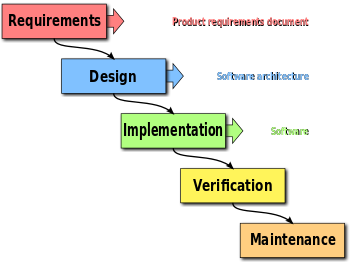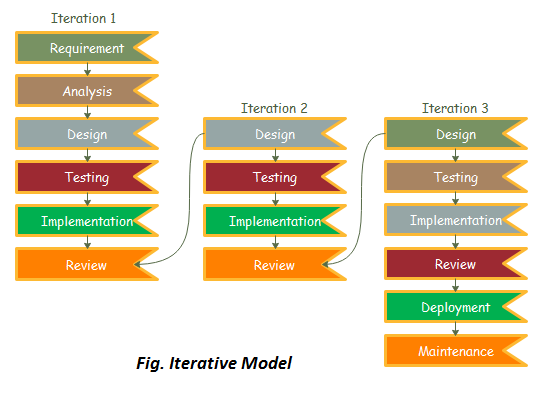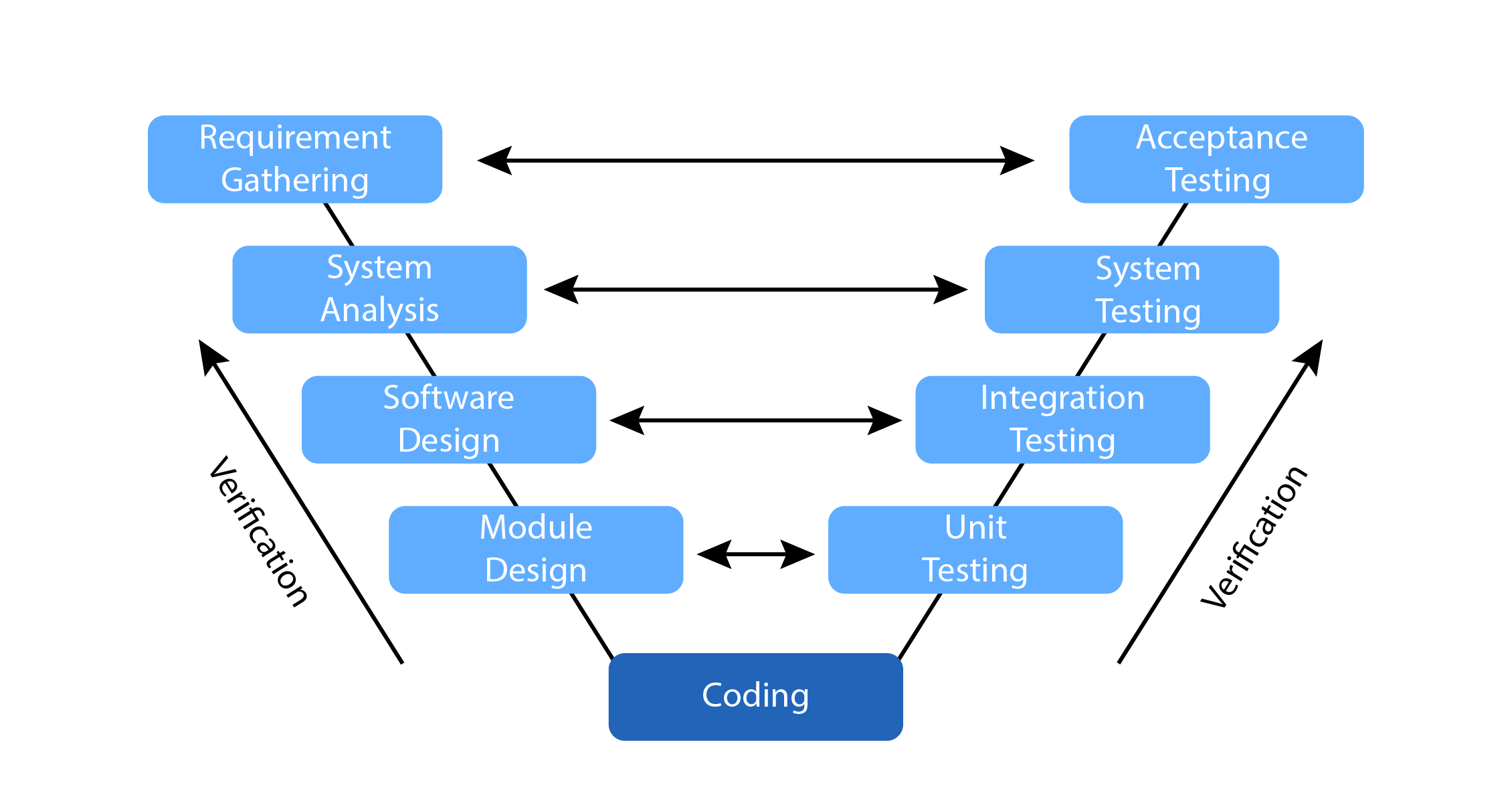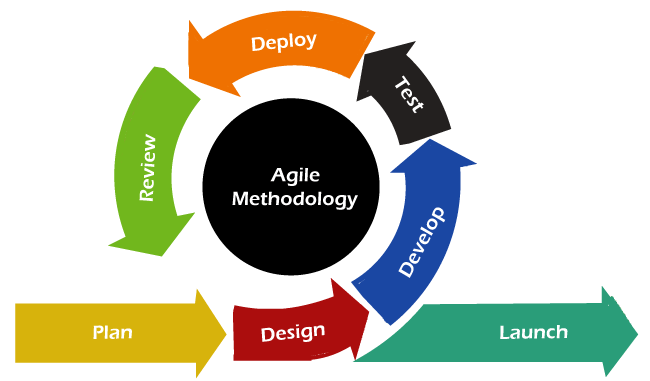Software Development Life Cycle (SDLC)
Software Development Life Cycle is one of the important part of Software engineering concepts. In here we are consider about software development procedure.
What is the Software Development Life Cycle?
The Software Development Life Cycle refers to the phases of work involved in producing software applications. Each phase corresponds to a role or responsibility that contributors to the software must understand, manage, and optimize to deliver their software services with speed and performance.
There are 6 main phases includes in SDLC,
- Requirements Gathering
- Data Analysis
- Design
- Implementation
- Testing
- Maintenance
1)Requirements Gathering
First phase in SDLC is Requirements Gathering .In here detailed requirements of the software to be, developed are gathered from clients. Some activities related to the requirements gathering phase can involve creating software specifications, creating a detailed plan, documentation, issue tracking, and project or product planning, including allocating the correct resources.
Defining software or product requirements gives teams the foresight and context needed to deliver and produce their software solutions.
Following activities conduct for gathering requirements from clients.
- Prototyping
- Interview Users
- Observation
- Document Analysis
- Provide questionnaires to users and obtain answers.
- Work in the target environment.
- Conduct a brainstorming session.
Do the feasibility test and then we can identify a marketing opportunity or an organizational need.
2)Data Analysis
Analysis of the existing system data and analysis of the intended of the system data.
in this stage produce a Conceptual data model like wise ER diagrams, user case diagrams.
3)Design
Low level design and High level design also includes to this phase. In this design phase of work, the team makes software design decisions regarding the architecture and make of the software solution. This can involve creating design documents, coding guidelines, and discussing the tools, practices, runtimes, or frameworks that will help the team meet the software requirement specification and goals defined in the requirements gathering phase.
4)Implementation
This phase is initiated after the system has been tested and accepted by the user. In this phase, the system is installed to support the intended business functions. System performance is compared to performance objectives established during the planning phase. Implementation includes user notification, user training, installation of hardware, installation of software onto production computers, and integration of the system into daily work processes. This phase continues until the system is operating in production in accordance with the defined user requirements.
5)Testing
This phase is the most important phase in the SDLC . In this phase of work, a software implementation is packaged and tested to assure quality. Testing or quality assurance ensures the solutions implemented pass the standard for quality and performance. This can involve unit testing, performing integration and end-to-end tests, verification/validation, and reporting or identifying bugs or defects in the software solution. In here should be check the validation of whole software.
6)Maintenance
Final phase of SDLC is maintenance. The Software system may need to have issues corrected
This is the process which is used to maintain the smooth function of the system.
Maintenance can take three form,
1)Operational maintenance
2)Porting and implementation maintenance
3)Requirements change
The most popular types of SDLC are,
- Waterfall model
- iterative model
- Spiral model
- V-shaped model
- Agile model








No comments:
Post a Comment